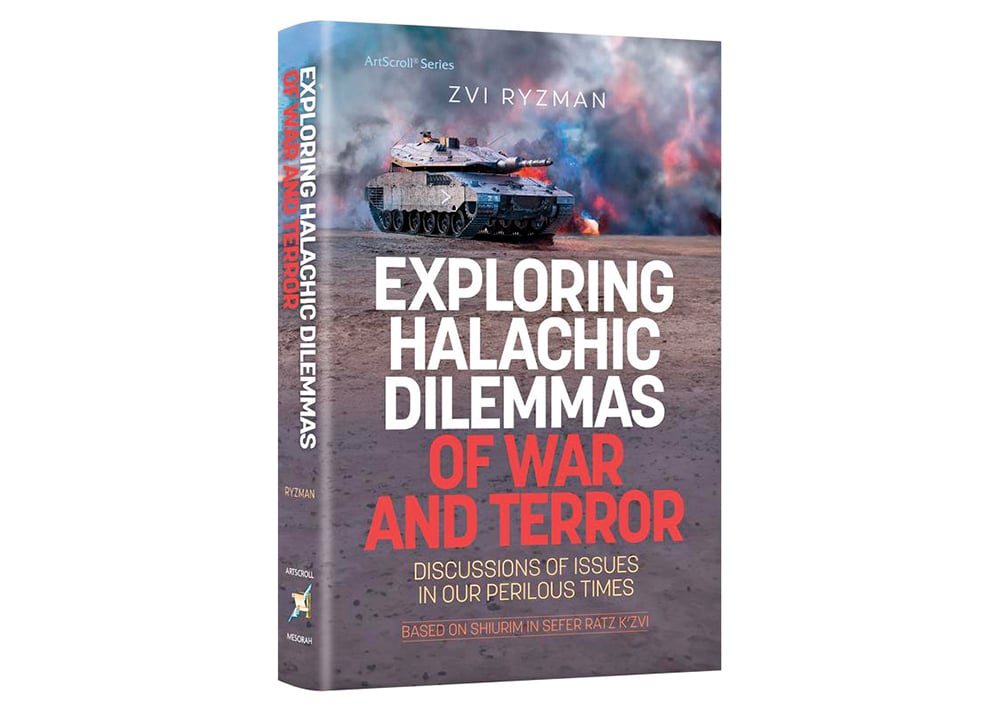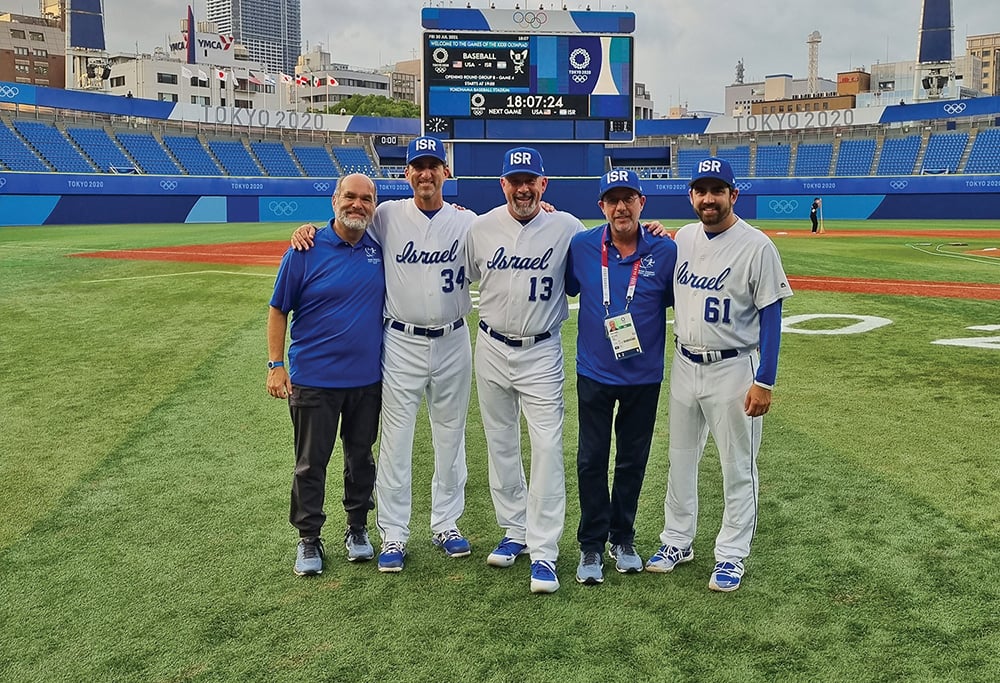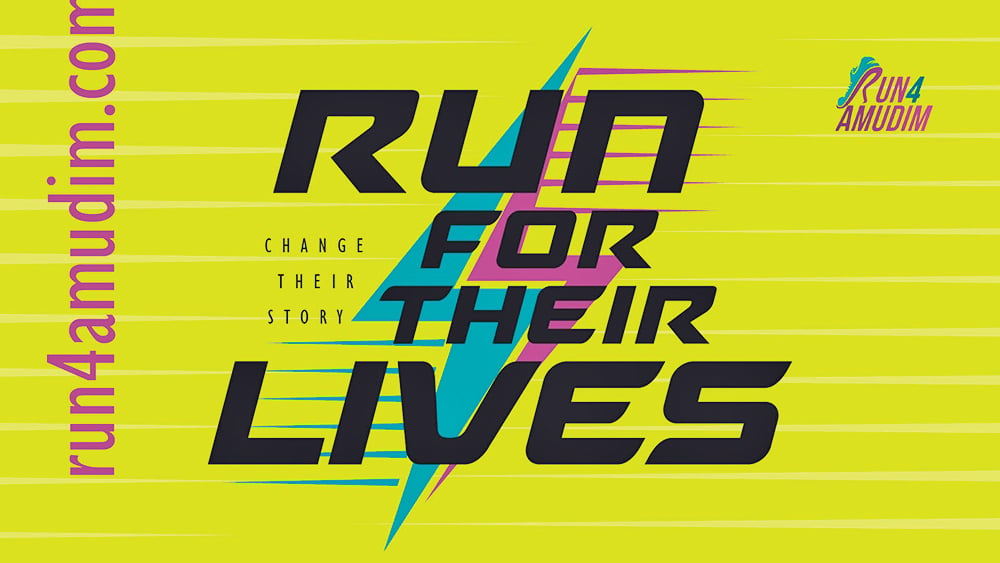Bergen County—Reuniting families is the way Andy Freund, 17, a junior at Frisch described work in which he and his junior class has been engaged involving a collaboration among high schools throughout the country, Ancestry.com, and the United States Holocaust Memorial Museum in Washington, D.C.
In light of the results of a world-wide survey released on May 14 by the Anti-Defamation League that less than half the 50,000 respondents had even heard of the Holocaust the project to build a permanent online searchable database of victims and survivors, a World Memory Project, gains greater significance.
“Now there will be irrefutable evidence, millions of records that can’t be denied,” said Allan Brauner of Fair Lawn. He was told about the project during a search for documents relating to his mother, a survivor. He and his children, twin seniors Caroline and Jonathan, 17, brought the project to the 600 students of the Frisch School. Their task was to index 12,000 records.
Presently, while some of the hard copy of the records is stored alphabetically, a lot of the records are not in any discernable order and are difficult to search. The students who have volunteered to help go onto a special website where Ancestry.com made digital images of Holocaust-era documents in the archives of the USHMM. With the free use of software developed by Ancestry.com, the students call up the documents and enter information from the document into a database.
Where once researchers and families seeking information had to comb through miles of microfiche, and thousands of files and archives in hopes of recognizing some clue as to what happened to a relative or property, they can now type in a name or a place, or other identifying information, and get all the digital images of the records connected to that clue, be it a photograph, a work card, receipt, or a ledger.
Neal Guthrie, Director of Holocaust Survivors and Victims Resources at the U.S. Holocaust Memorial Museum says they have partnered together with Ancestry.com as part of their World Archives Project. “They have developed software that allows people to index names from all sorts of documents.” Guthrie said the website is open to anyone wishing to search. He said the USHMM has documents in their archival collection from many different organizations from Germany and other eastern European countries in microfilm, or “trophy documents,” Nazi captured documents.
What the students from Teaneck Public High School and Frisch are doing is entering the information from worker identification cards from the Lodz Ghetto (in Poland) covering the years of 1939 to 1944. “We chose this particular collection for the students because they’re easy to read, they’re homogeneous, they’re all the same kind of style of card, it’s often a typewritten form and almost all of them have a photograph.”
Guthrie said these documents were chosen for the students because they would help to engage them. “Instead of just seeing a piece of paper with the names on it that they probably don’t know, when you see the face, it makes you realize that each one of these names is an individual.” These are sometimes pictures of children their own age or younger, working in factories, and the card will have a stamp on indicating that the child was transported to a death camp.
Along with the downloaded collection is a key explaining what the document is and which information to index in what field. Many of the cards have clues as to what happened to the person, most often that they were transported to another camp or died in Lodz. Other groups of students have been indexing ghetto inhabitant lists, deportation lists or DP camp lists.
Karen Pickholz, 17, a junior at Frish said the Brauner family made a presentation to everyone in their grade in school. Several students volunteered to be group representatives who encouraged the classes to finish their sets (each set had five documents) by Yom HaShoah. “I’m pretty sure everyone in my class accomplished that.”
Pickholz said she wanted to get involved because of the trip she had taken to Poland with her shul this past February through the Asher Strovel Leadership program. “That trip intensified my connection with the Holocaust and its victims.”
She said the project felt surreal to her in part because of her trip during which she was able to visit Schindler’s factory (made famous in the movie Schindler’s List). On the outside were pictures of the people who worked there. “On this project you come into contact with a lot of the names of people who were factory workers and it’s just, having been in a setting where a lot of those people were, where they were alive and then you know what happened after that, and especially the ones where it was recorded they didn’t survive. Its very eye opening because even for people who haven’t been to Poland, it’s one thing when you hear a lot of the stories, the events, the gas chambers, the shootings the line-ups, you feel very disconnected, you don’t feel so much that it applies to you, it’s not very personal. But then when you’re staring at the information, the names and the birthdays of real people on an individual basis, it becomes not so much the six million but it becomes very individual, very personal.”
Pickholz wants to continue working on the project.
Abigail Miller, 17, a junior in Frisch, said she volunteered because of the magnitude of what the Holocaust represents. “The number (six million) is so high and it’s such a tragedy. People want to forget about it, they don’t want to believe it. We’re the last generation with any survivors and if we can’t even be bothered to do anything about it you know for sure it’s going to be forgotten in 10 or 20 years.” She said if it’s not remembered, it could happen again, especially if the wrong person is given too much power.
Another reason Miller is engaged in the project is out of respect. “It’s heartbreaking to think that those persons who suffered through all these terrible pains, torture, can go unremembered, would be forgotten, it breaks my heart.” Miller said in doing her sets she found two people who lived on the same street. “It shocks you because these people could have known each other, been neighbors. You realize that they were all living in that community and suddenly they were targeted.”
Freund said of his involvement in the project, “people who had no one to remember them now or no one who knew what happened to them, now these people these people are being found and they have a new life in history, they’re not lost to history anymore. They’re being brought to life in people’s minds in the Internet and people can be reunited with their families. Families can figure out what happened to their family members when before they had no idea what happened to them. I feel like I’m saving my people.” He plans on continuing to engage in this project next year.
Goldie Minkowitz of Teaneck High School, director of the Holocaust and Genocide Education Resource Center, says the students at Teaneck High are proud and honored to be the third school in the country to work on the project. Pearl Markovitz, the active volunteer at the center, read an article about the World Memory Project, and when the students made a trip to the USHMM, Minkowitz and Markovitz arranged for the students to meet with Neal Guthrie. Said Minkowitz, “He gave them a seminar that literally brought tears to their eyes about who and what the project entailed. Today, there are 25 students from every walk of life working on the project, and one Asian student asked if he could continue the work once he graduated. They are being advised by John Dean, a history teacher who also helps with the German translations.”
Next year, says Minkowitz, she hopes that the project will be permitted to generate a “club,” and, she adds, “We appreciate the fact that the board of education and the principal are very supportive, financially and otherwise, of all the projects and trips that are related to Holocaust and genocide education. Without that support, we never would have been able to visit the museum or do this very important work. It’s through programs like this that our students learn to respect each other.”
By Anne Phyllis Pinzow












